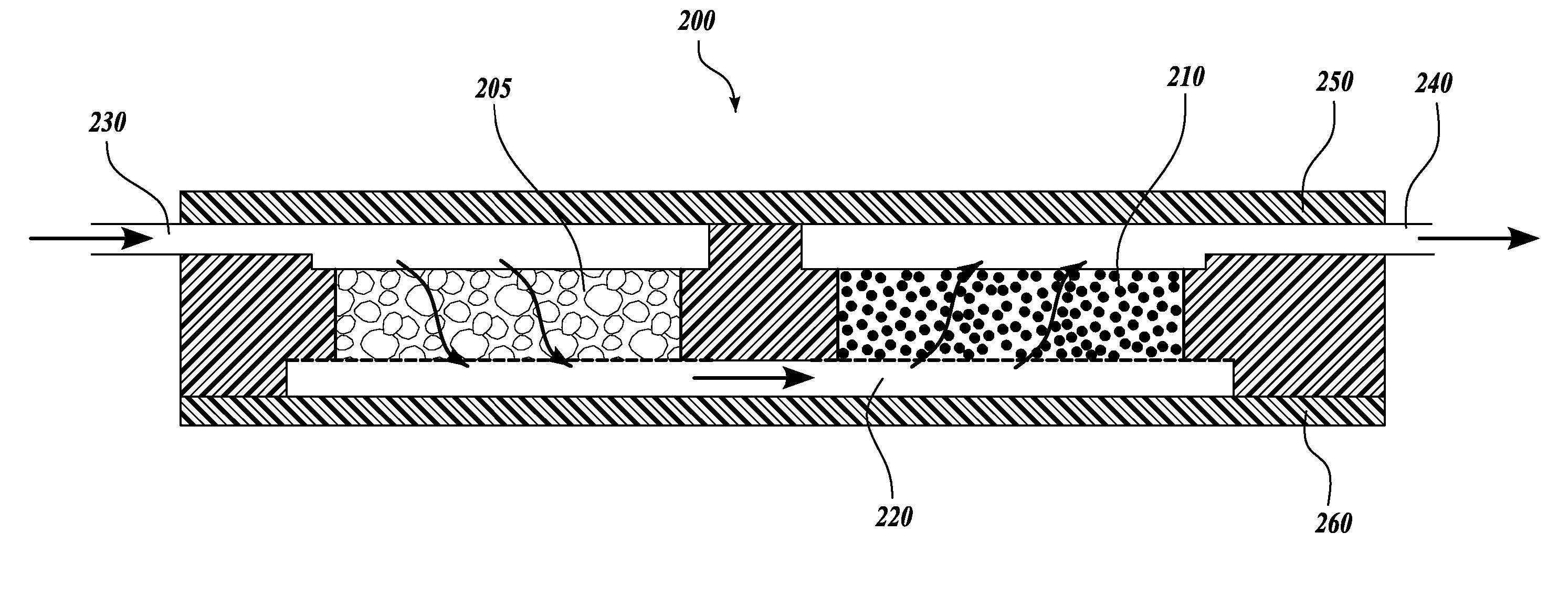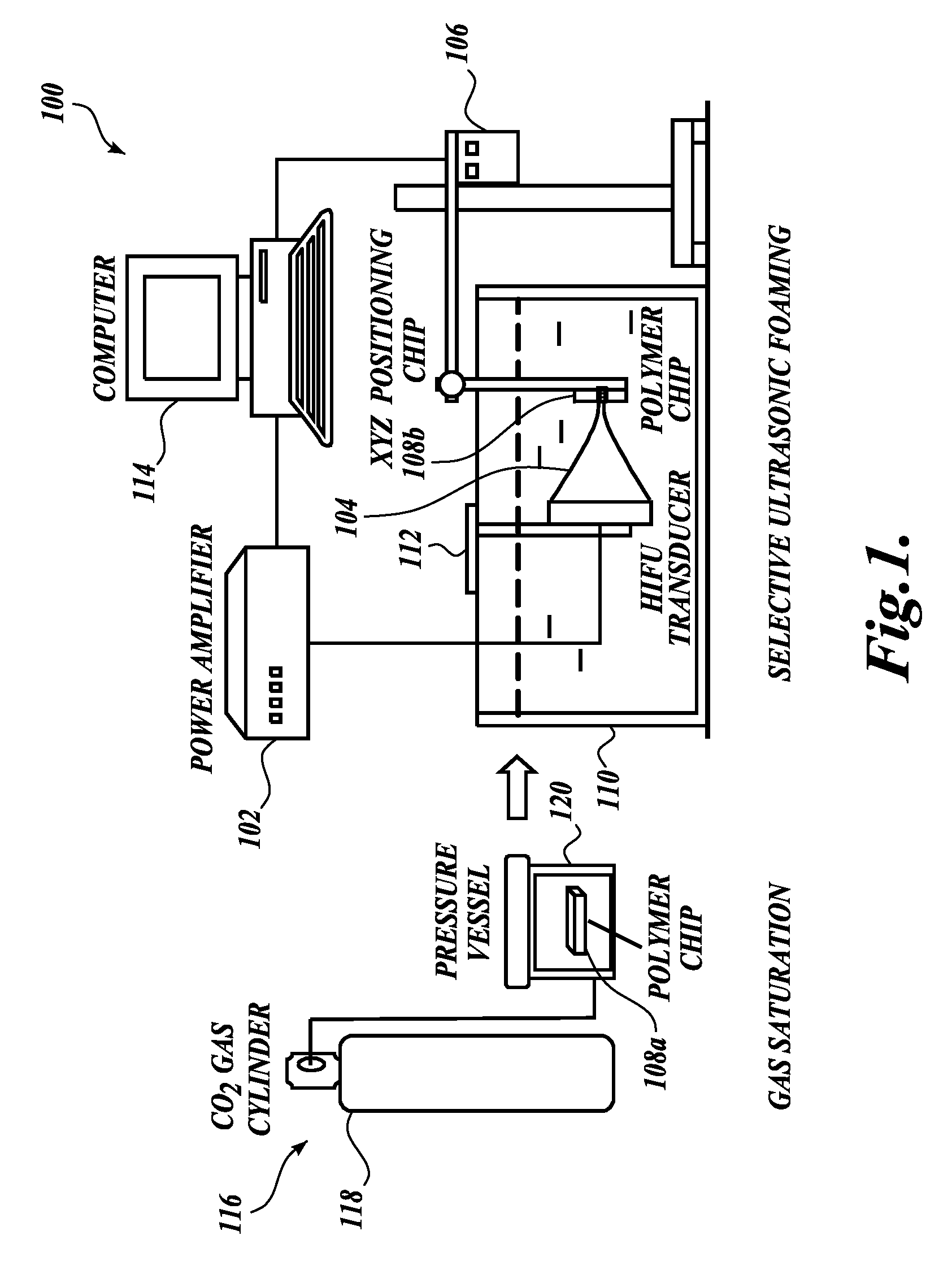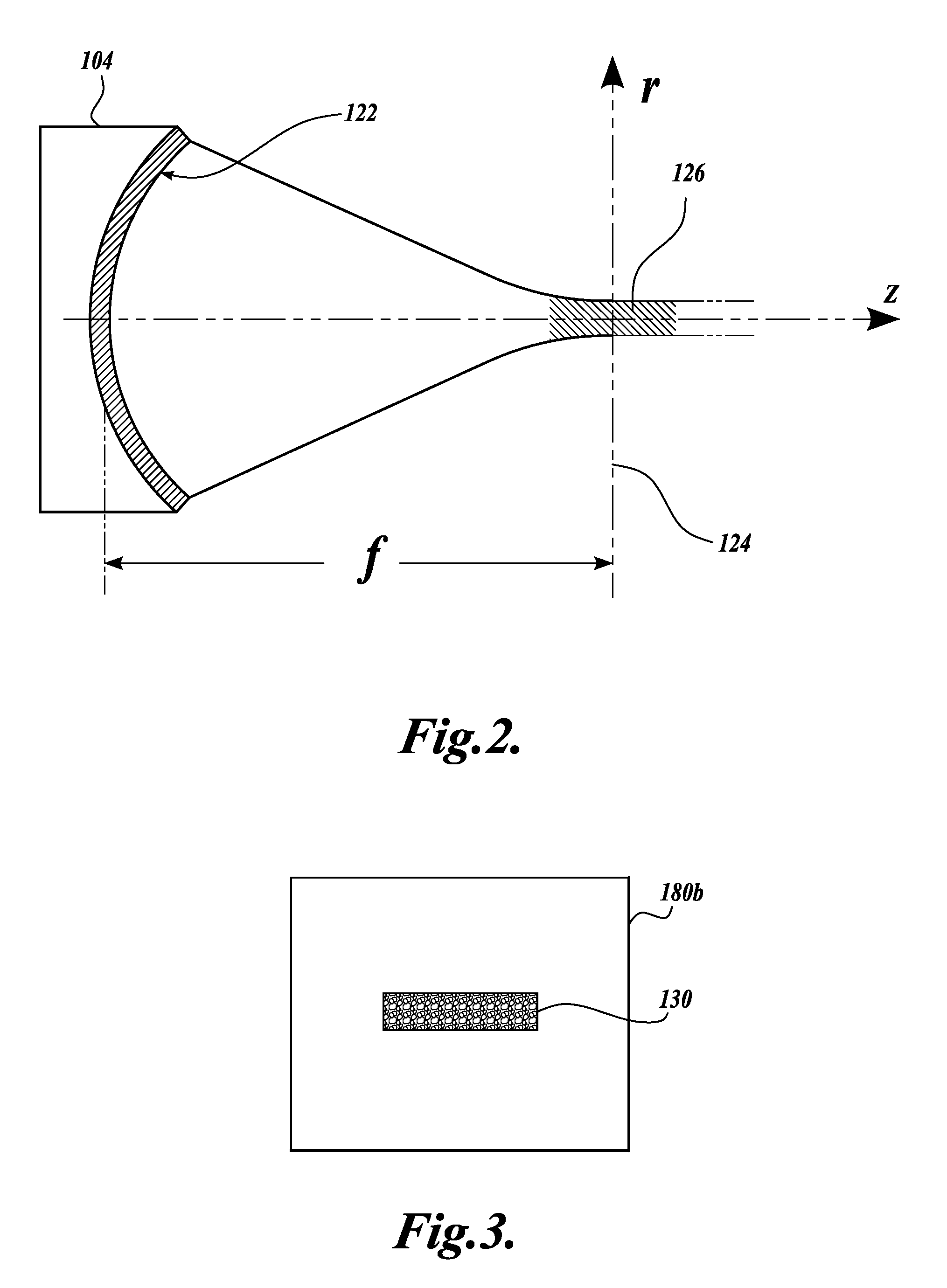3D micro-scale engineered tissue model systems
a tissue model and micro-scale technology, applied in the field of 3d micro-scale engineered tissue model systems, can solve the problems of high cost of animal models for drug tests, inaccurate and misleading animal studies, and ineffective drug effects on humans,
- Summary
- Abstract
- Description
- Claims
- Application Information
AI Technical Summary
Benefits of technology
Problems solved by technology
Method used
Image
Examples
example
[0085] A cell culture study was conducted using the fabricated porous scaffolds. Scaffolds with different pore sizes (70 μm and 200 μm) were chosen for the cell culture study to demonstrate their effects on cellular response and cell growth behavior. Human aortic (SMCs) smooth muscle cells of Passage 4 were taken out of liquid nitrogen and passaged into T75 flasks until full confluence was reached. Fabricated porous poly(methyl methacrylate) specimens were sterilized under UV light for 15 minutes and then incubated with fetal bovine serum overnight. Approximately 75,000 cells were seeded into a 12-well plate, each containing one poly(methyl methacrylate) specimen. Cells were cultured in Dulbecco's Modified Eagle Medium (DMEM) for 5 days and then processed for live / dead stain for migration and viability study. FIGS. 10A and 10B show the live / dead staining results of smooth muscle cells on the porous scaffold. Live cells are shown as gray and white spots. Circles 410 and 420 correspon...
PUM
| Property | Measurement | Unit |
|---|---|---|
| pore size | aaaaa | aaaaa |
| size | aaaaa | aaaaa |
| diameter | aaaaa | aaaaa |
Abstract
Description
Claims
Application Information
 Login to View More
Login to View More - R&D
- Intellectual Property
- Life Sciences
- Materials
- Tech Scout
- Unparalleled Data Quality
- Higher Quality Content
- 60% Fewer Hallucinations
Browse by: Latest US Patents, China's latest patents, Technical Efficacy Thesaurus, Application Domain, Technology Topic, Popular Technical Reports.
© 2025 PatSnap. All rights reserved.Legal|Privacy policy|Modern Slavery Act Transparency Statement|Sitemap|About US| Contact US: help@patsnap.com



